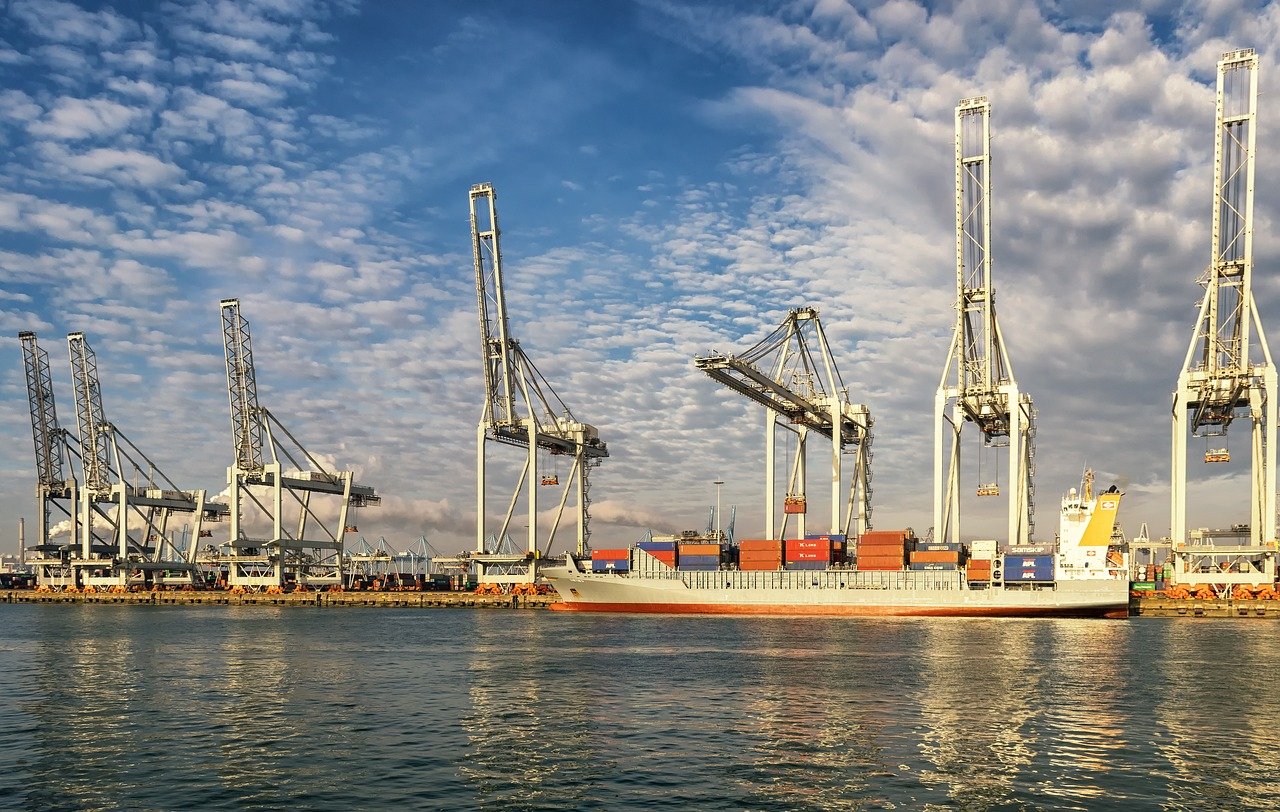With an almost 6 per cent increase compared with the same period last year, the Port of Rotterdam is rebounding from the Covid dip in the first six months of 2021. Throughput amounted to 231.6 million tonnes, reports the Port Authority. Nevertheless, the level of before the Covid-19 crisis has not yet been reached.
In the first half of 2021, there was primarily an increase in incoming and outgoing flows of iron ore, coal and containers.
Allard Castelein, CEO of the Port of Rotterdam Authority, calls the developments ‘encouraging’. ‘However, this does not mean that the port of Rotterdam has already made up entirely for last year’s corona dip.’ Throughput still lagged behind the same period in 2019 – pre-Covid – by 4 per cent. Yet, the Authority says its financial results were good in the last half year.
Containers and breakbulk throughput
Container throughput in tonnes rose by 4.4 per cent and by 8.7 per cent in TEU. Never before have so many containers been shipped via Rotterdam within a half-year. There are two reasons for the difference between tonnes and TEU. Firstly, more empty containers were handled, particularly in the first quarter, than in the same period in 2020. The second cause is that there has been a downward trend for some time now in the average weight of full containers.
The rise in demand for consumer goods, in combination with disruptions in the logistical chains, including the Suez Canal blockage, the corona outbreak and lockdown in the port of Shenzhen caused global delays and high freight tariffs. The handling of container flows was still quite smooth in Rotterdam, according to the Port Authority.
Ro/ro throughput recovered well in the second quarter after a sharp decline just after the Brexit in early 2021. The second quarter was even slightly up on 2019. Volumes are substantially (+8.8 per cent) higher than in 2020. It should be noted here that last year’s half-year volumes were hit hard by the first corona lockdown in the second quarter. The throughput of other breakbulk increased by 14.7 per cent, mainly because of the rise in non-ferrous metals and steel.
Carbon capture and hydrogen
The Port also says significant advances were made in the energy transition during the past six months. For example, it was announced in May that the Dutch government has earmarked approximately € 2 billion for the four companies that want to capture and store CO₂ for the Porthos project. Starting in 2024, carbon dioxide will be stored in that project for the first time in the Netherlands on a large scale in empty gas fields under the North Sea. This represents a substantial contribution to the achievement of the Dutch climate objectives.
Another important theme in the energy transition is hydrogen. A series of projects are in progress involving large-scale local production, imports of hydrogen from overseas, and application in the transport sector and industry. Steps are being taken towards an investment decision for the construction of a hydrogen pipeline in the port area.
Outlook
The economy is picking up, as is world trade. These are positive drivers of further recovery in the throughput volume expects the Port of Rotterdam. At the same time, there are challenges and uncertainties, particularly with respect to the future development of the pandemic. On balance, we expect throughput volume growth to continue in the second half of 2021.
The Port of Rotterdam Authority stresses the new Dutch Government will need to help facilitate major investments in infrastructure. The Port also needs more latitude in the short term under the regulations applicable to nitrogen emissions in order to implement a range of projects in the field of the energy transition. The Port Authority warns that if this fails to materialise, its ambitions cannot be achieved in time and the process of making industry sustainable will stagnate.








